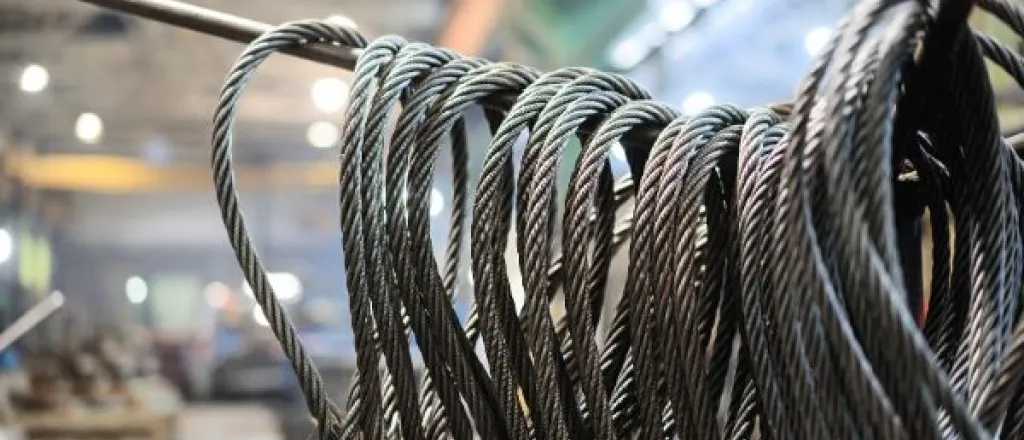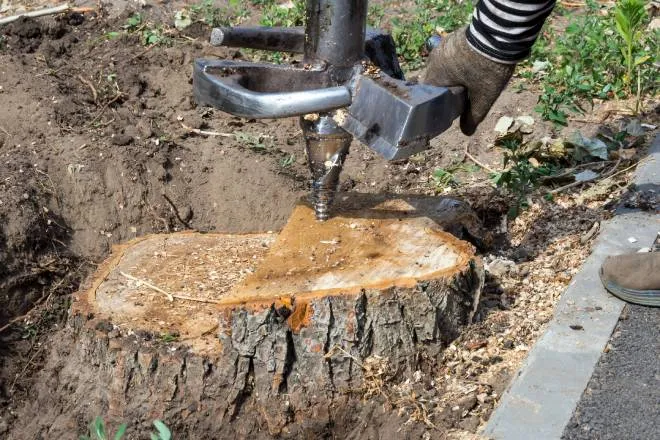
Different Testing Methods for Wire Rope Slings
©
The most indispensable component in any lifting operation is a wire rope sling. But before one can begin working with them, one needs to test them first to know they’re safe and efficient to use for moving heavy goods. However, because of the high-stakes nature of their function, rigorous and routine testing methods are crucial for maintaining their integrity and performance. Our outline of the core testing methods for wire rope slings will ensure you test your slings properly.
Visual Inspection
Visual inspection is the first line of defense in detecting wear, damage, or corrosion in wire rope slings. It should be performed regularly and involves a meticulous examination by the naked eye. Inspectors look for broken wires, severe abrasion, kinks, and any signs of fatigue. Assessors check the integrity and mark down anomalies for further testing or replacement. Keep this practice ongoing to protect the effectiveness of your slings.
Non-Destructive Testing (NDT) Methods
Non-destructive testing (NDT) methods serve as the go-to tools for operatives when it comes to identifying faults that might elude traditional visual inspections. These sophisticated tests are capable of detecting both internal and surface flaws in materials without inflicting any damage.
Magnetic Particle Testing
In magnetic particle testing, the slings become temporarily magnetized. Iron particles are then applied, and any distortion in the magnetic field reveals hidden flaws. This distortion appears when discontinuities or cracks within the wire attract the particles.
Dye Penetrant Testing
Similarly, dye penetrant testing utilizes a colored dye applied to the rope. After waiting, a worker removes the excess dye and sprays a developer on it. Defects begin appearing when the developer absorbs dye from seeping cracks.
Destructive Testing
Sometimes, it's necessary to conduct tests that will ultimately ruin the sling to determine its breaking point and overall strength.
Tensile Testing
The tensile testing procedure measures force tension in material. The test ensues until the sling fails, providing valuable data on maximum strength and the nature of the failure.
Bending Fatigue Testing
This test involves repeatedly bending the sling around a given diameter to determine how many curvatures it can withstand before failing. Simulated stress is placed on slings to see how they would perform in actual operations, which measures their life span.
Load Testing
Load testing evaluates the behavior of wire rope slings under real conditions. The sling is loaded beyond its normal operating capacity to ensure it can manage the designated safety load limit without deformation. This test confirms the sling's performance capabilities.
Periodic Testing and Inspection
Due to demanding environments, periodic testing and inspection are imperative. They not only ensure operational safety but also extend the life of the equipment. A structured inspection checklist for wire rope slings can help maintain consistency in testing quality and frequency. Implementing a checklist reduces equipment failure and accidents.
Embracing different testing methods for wire rope slings ensures safety and reliability in lifting operations. It’s crucial to remember these as heavy lifting equipment relies heavily on wire rope slings that are in good condition. Make this list an essential component of your work operations.

















